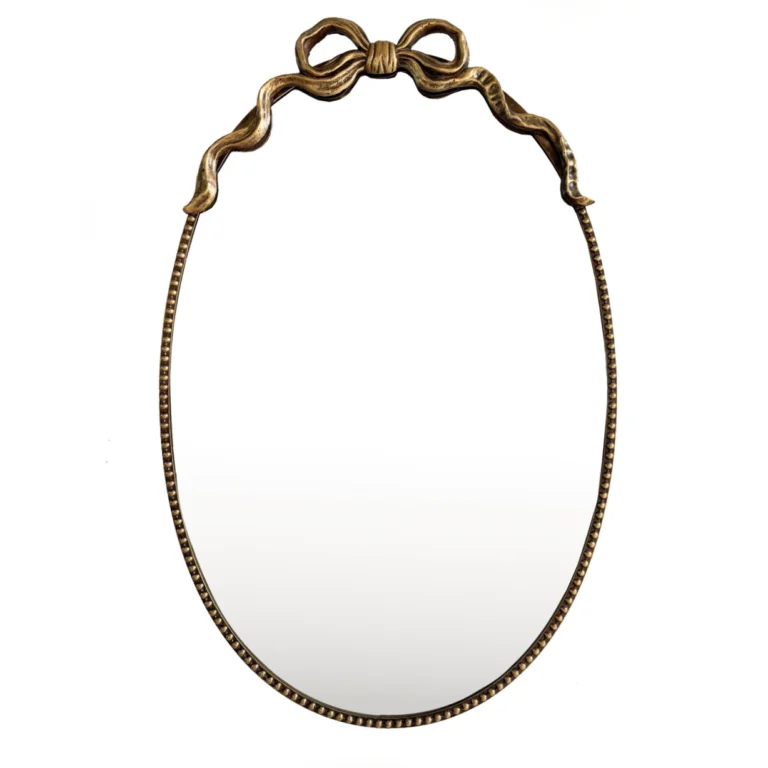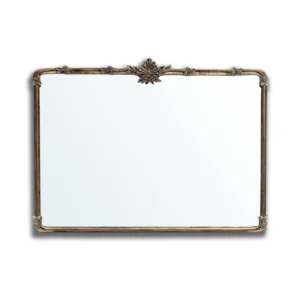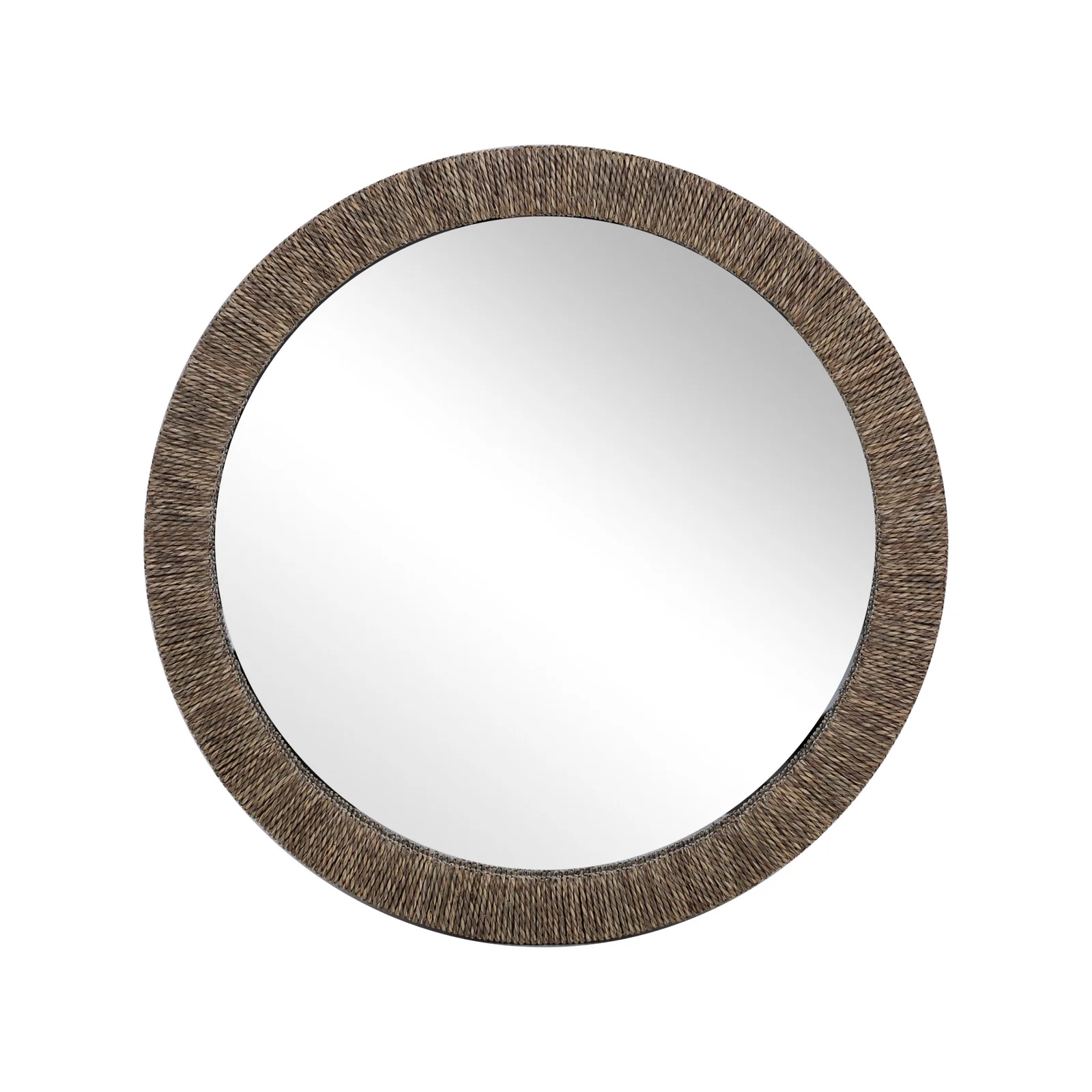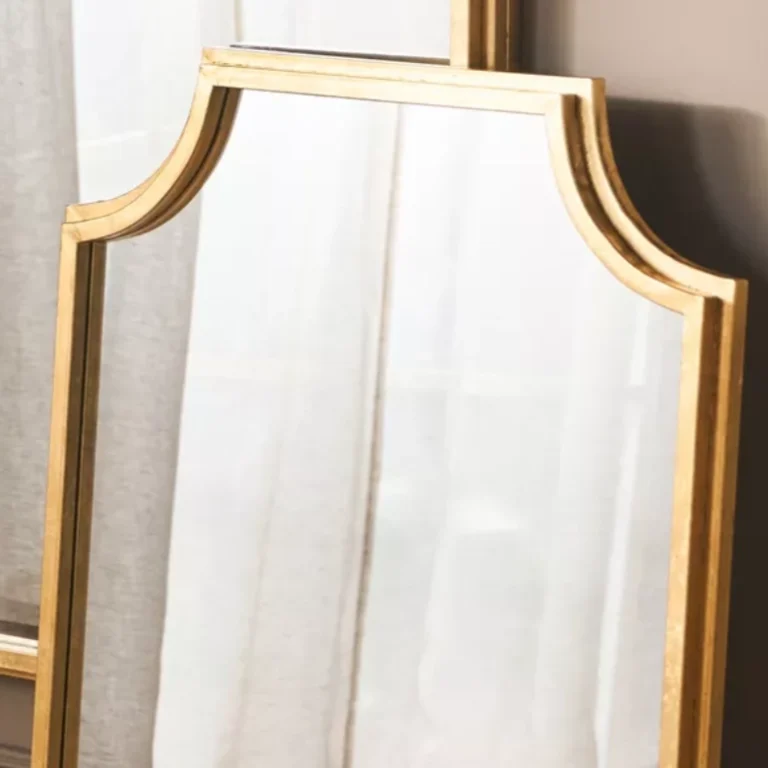Smartphone-Connected Smart Mirrors
Smartphone-Connected Smart Mirrors
A smartphone-connected smart mirror is an innovative product that combines traditional mirror functionality with smart technology. It connects to your phone via Bluetooth, Wi-Fi, or a dedicated app, enabling various intelligent features. Below are the core functions, use cases, and buying considerations for such products.
1. Key Features
Basic Functions
-
Mirror Display: Normal reflective surface with touch or voice-activated smart features.
-
Anti-Fog Design: Bathroom models often include a heating layer to prevent fogging.
Smartphone Connectivity
-
Wireless Connection: Pairs with phones via Bluetooth/Wi-Fi to sync calendars, weather, and notifications on the mirror.
-
App Control: Customizable settings (e.g., lighting, music, display content) through a dedicated app (e.g., adjusting makeup lighting or skincare tips).
-
Smart Home Integration: Works with platforms like Apple HomeKit or Aligenie to control other smart devices (lights, curtains, etc.).
Advanced Features
-
AR Virtual Try-On: Built-in camera or AR technology for testing makeup or outfits (e.g., Panasonic or Simplehuman models).
-
Health Monitoring: Syncs with scales or skin analyzers to display BMI or skin condition reports.
-
Entertainment: Built-in speakers for music or video tutorials (e.g., morning yoga routines).
2. Common Use Cases
-
Bathroom/Dressing Room: Checking schedules, makeup lighting, and anti-fogging.
-
Closet: Virtual outfit try-ons and style recommendations.
-
Gym: Syncing fitness data or playing workout guides.
-
Smart Home Hub: Voice-controlled home automation.
3. Buying Guide
-
Connection Stability
-
Prefer dual-mode (Bluetooth + Wi-Fi) to avoid lag.
-
-
Display & Interaction
-
Resolution: At least 1080p with anti-glare coating.
-
Touch Sensitivity: Infrared or capacitive touch for wet-hand use (critical for bathrooms).
-
-
Privacy Protection
-
Opt for models with physical camera shutters or local data storage (e.g., some Orvibo models).
-
-
Installation
-
Wall-mounted: Requires pre-wired power.
-
Tabletop: USB-powered for flexibility.
-
-
Price & Brand Examples
-
Budget: Xiaomi Smart Mirror (basic connectivity + lighting, ~$70–140).
-
Premium: HiMirror (skin analysis + AR try-on, ~$400–700).
-
4. Considerations
-
Electrical Safety: Bathroom models need IPX4+ waterproofing.
-
OS Compatibility: Verify iOS/Android support.
-
Maintenance: Modular designs (e.g., detachable display) simplify repairs.
By connecting to smartphones, smart mirrors evolve from passive tools into interactive hubs, ideal for tech-savvy users. Choose features based on actual needs to avoid paying for unnecessary extras.
Generally speaking, our order requirements are as follows: the minimum order quantity (MOQ) for large items is 50 pieces, for regular items it is 100 pieces, for small items it is 500 pieces, and for very small items (such as ceramic decorations) the MOQ is 1,000 pieces. Orders exceeding $100,000 will receive a 5% discount. The delivery timeline is determined based on the specific order quantity and production schedule. Typically, we are able to complete delivery within two months.

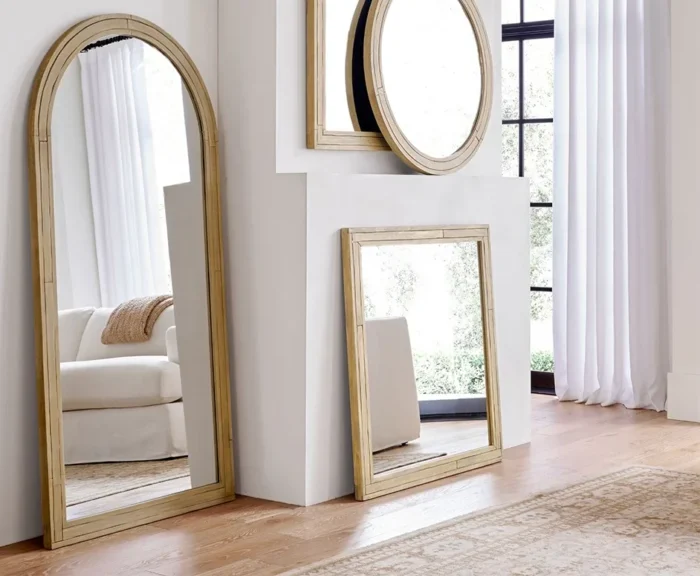
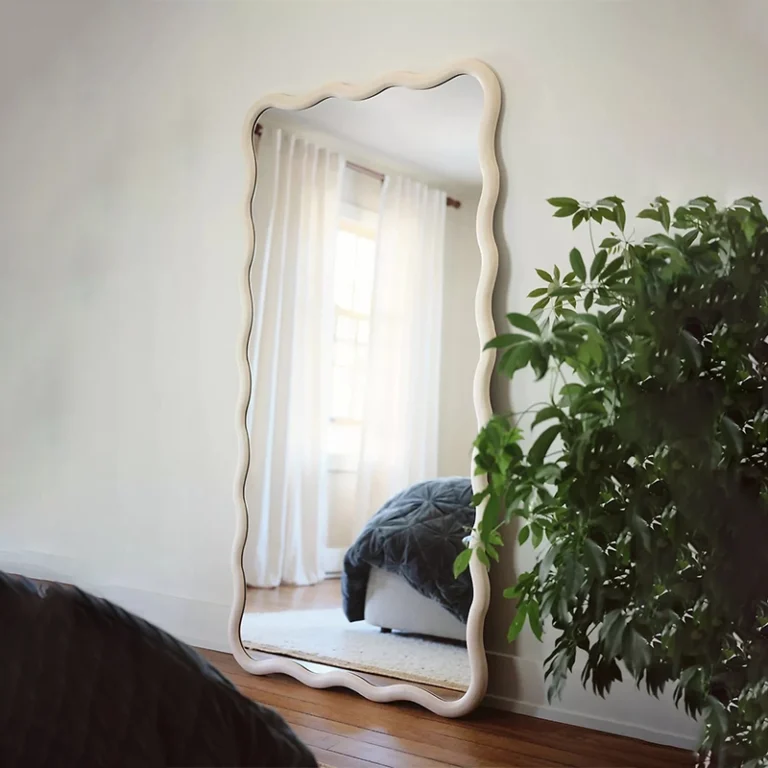



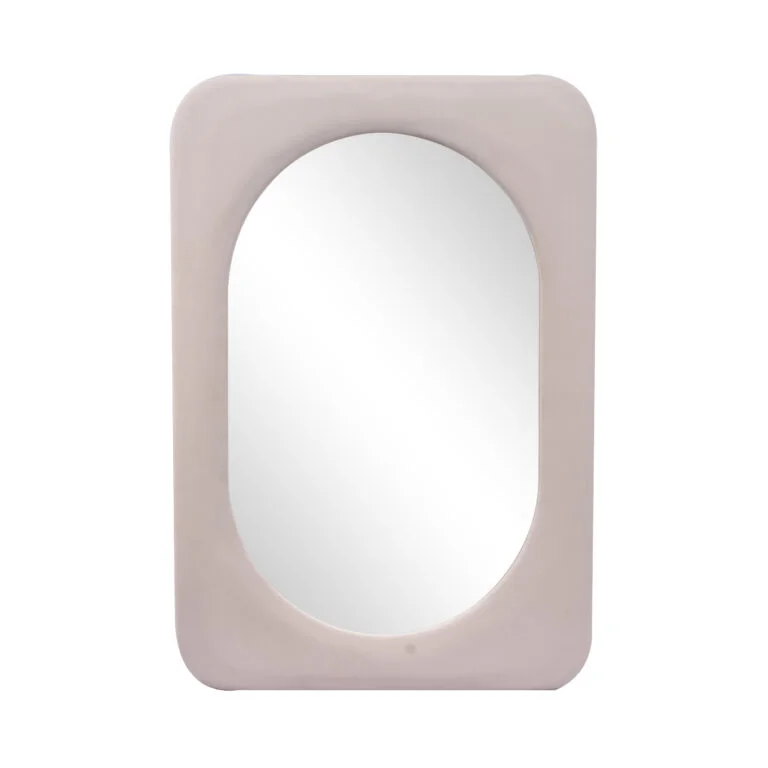
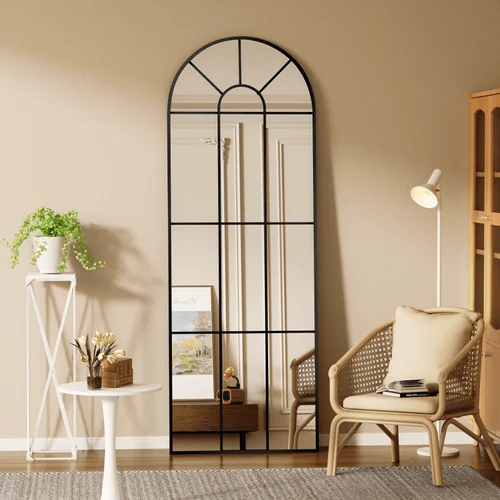



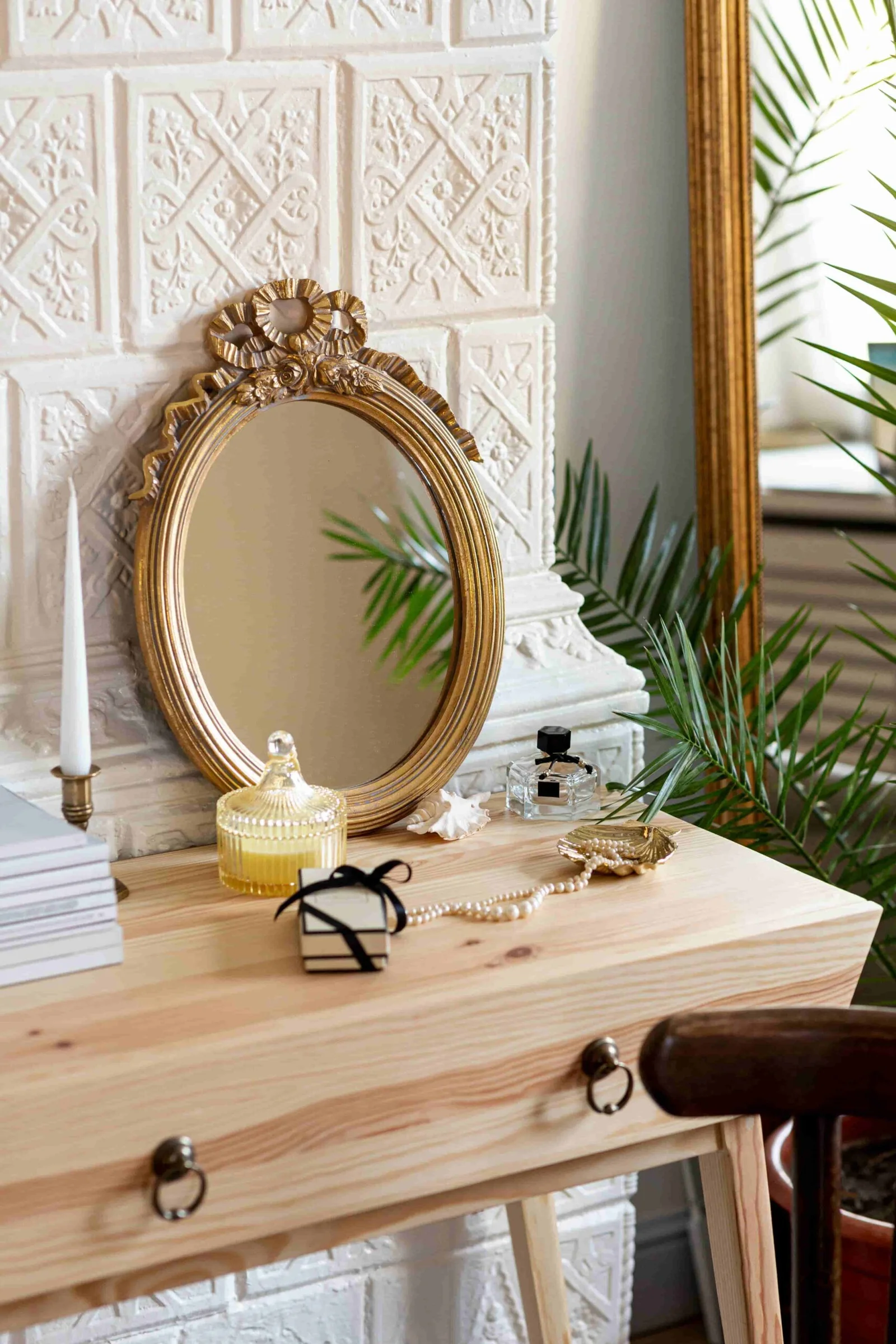
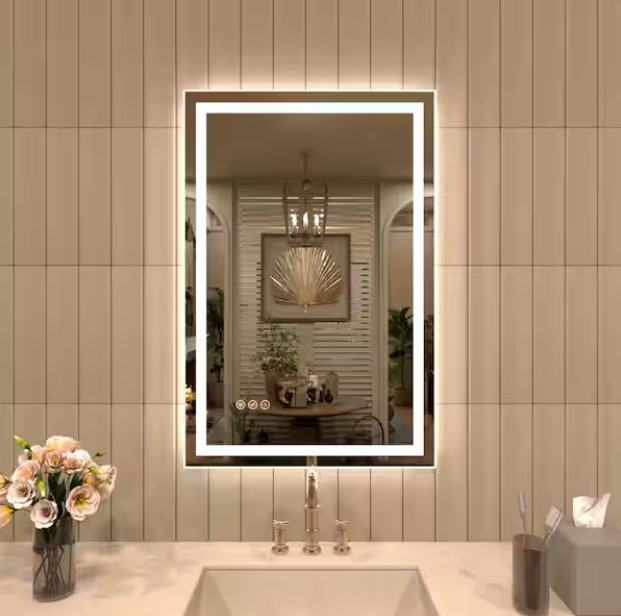




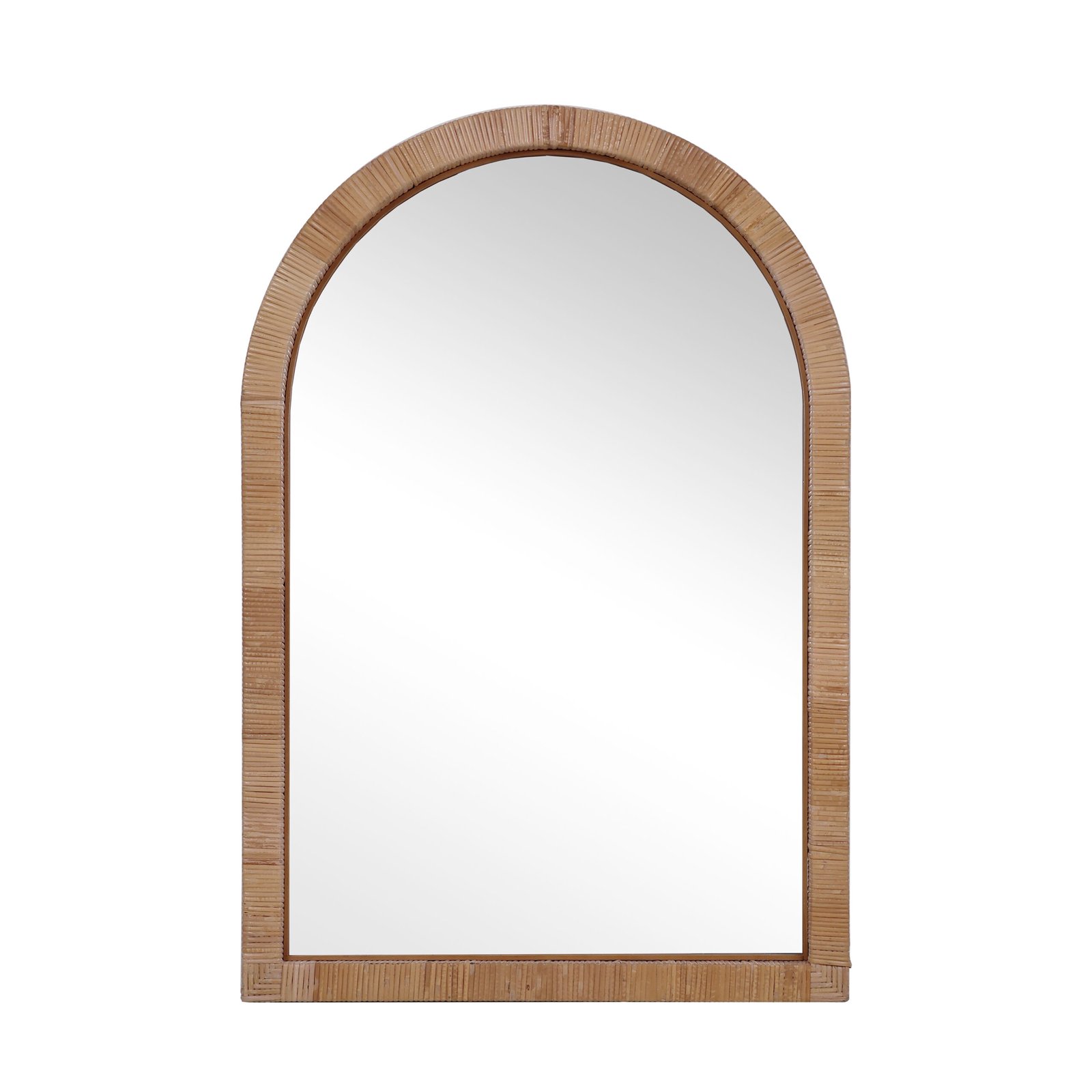




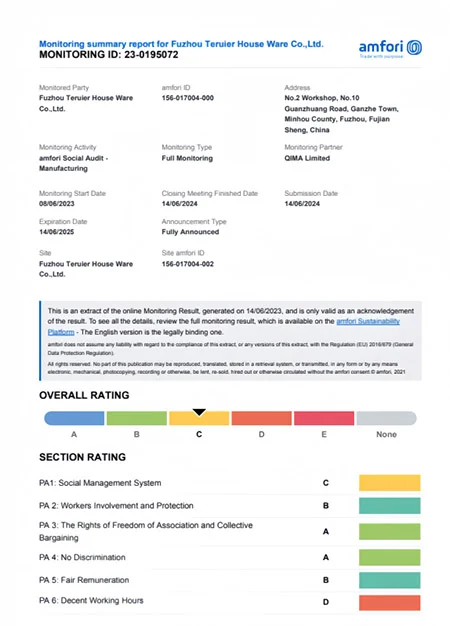






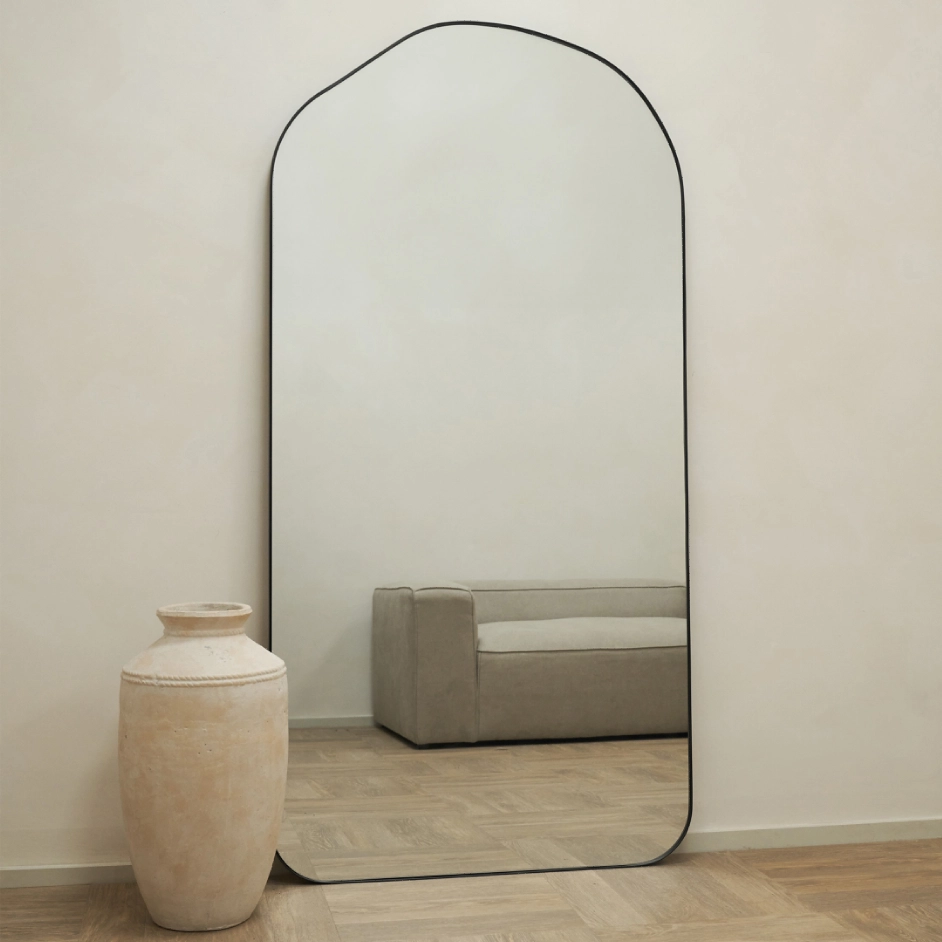



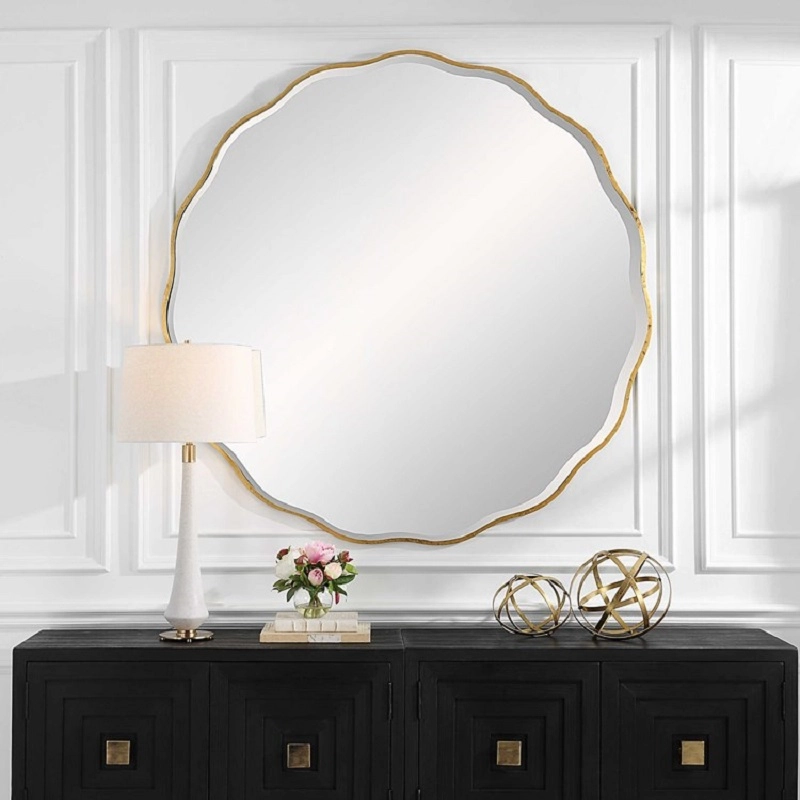

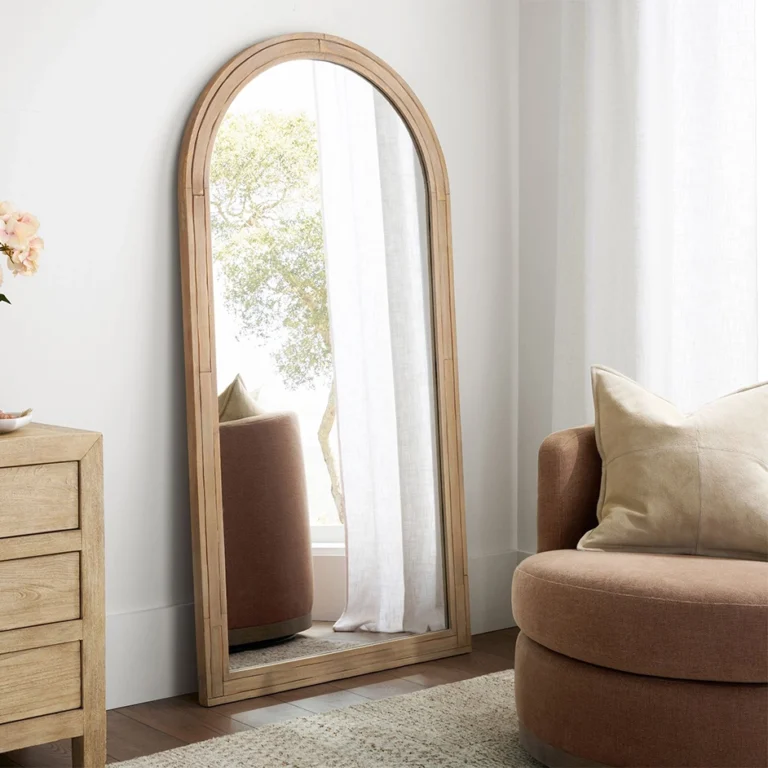
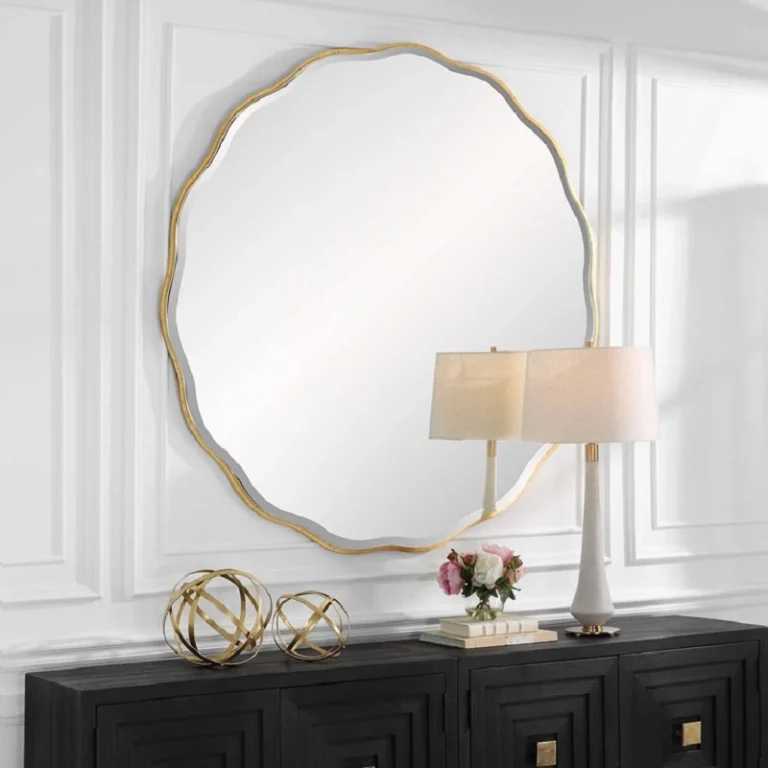

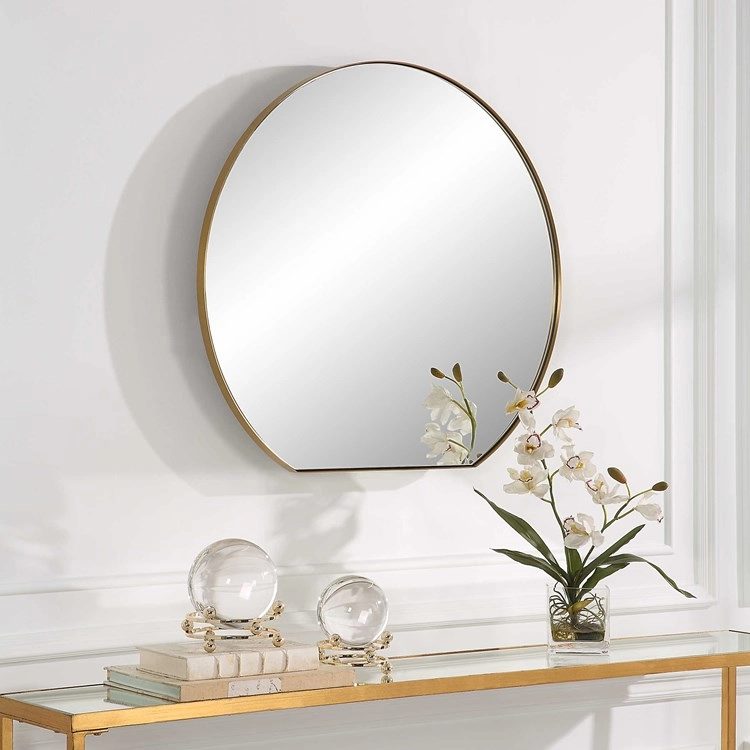


-scaled.jpg)
